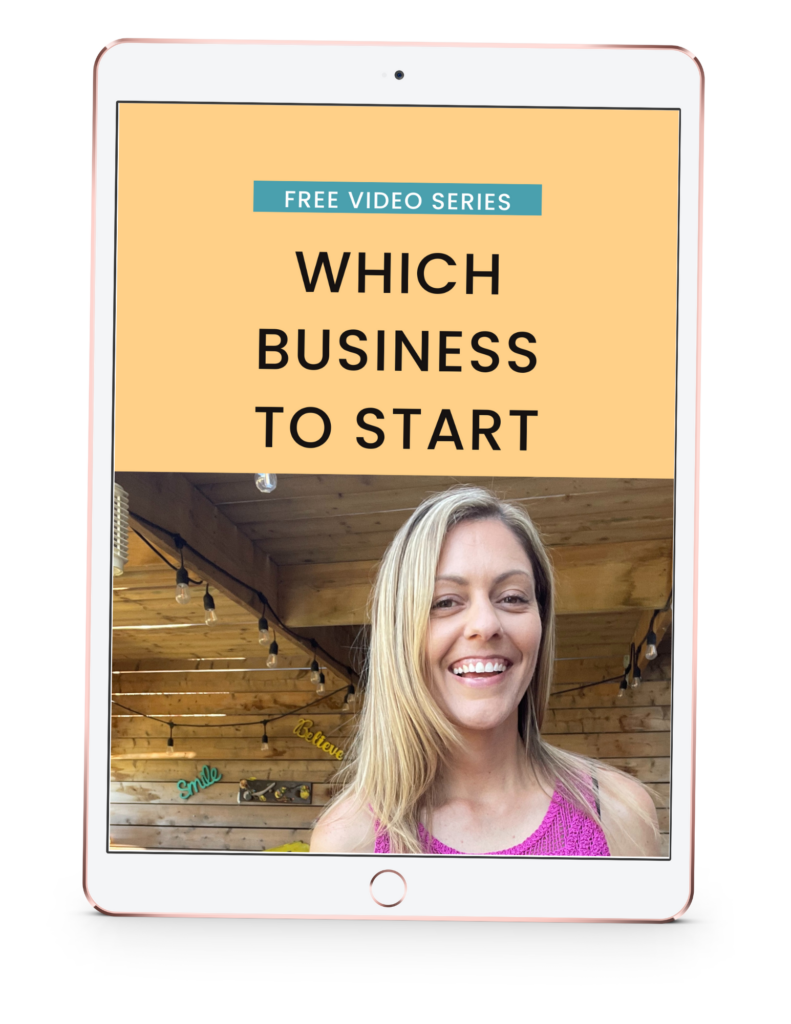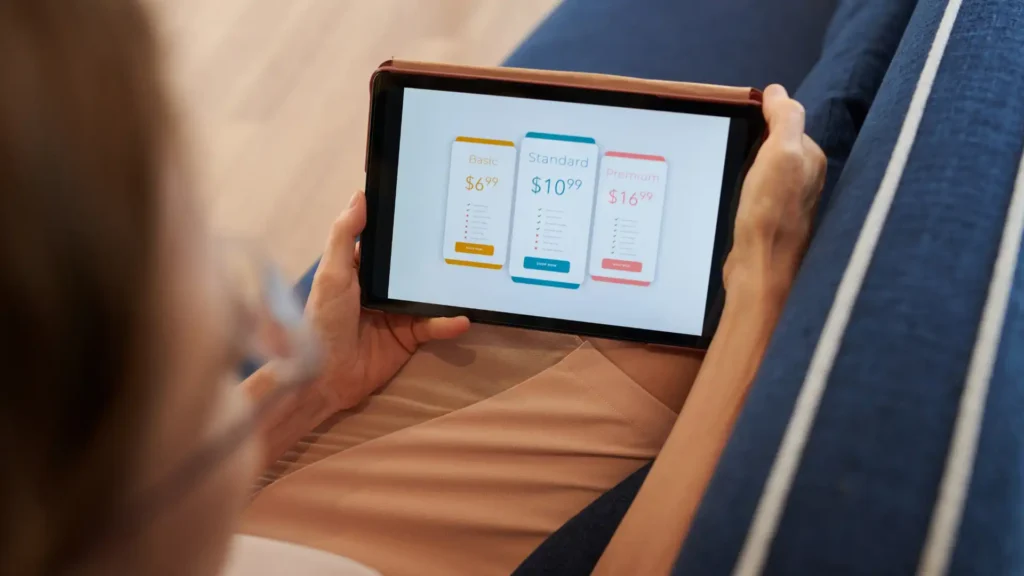Subscription models have taken off in the last few years. This recurring revenue model generated USD 38 billion in 2023. It creates a steady income stream and also helps you form a relationship with your clientele.
But, is it the right choice for your side hustle? Let’s break down how this model works and how to get started!
Why Subscription Models Are Good for Businesses
Subscription models bring some serious perks to the table. Instead of waiting to see if customers come back, you know money’s coming in regularly.
Customers tend to be more loyal. People get used to the convenience of subscriptions and find it hard to switch. Keep making your service better and they will not shop around.
Plus, with subscriptions, you don’t have to focus all your energy on finding new buyers every month. Once someone signs up, they’re in it for the long haul. Spend more time making their experience better and less time convincing new people to try your product. These loyal clients can also turn into brand advocates and bring in new clients through word of mouth.
Can I Create a Subscription Model For My Business?
Not all businesses can build a subscription model. If there’s steady demand in the market and your subscription model genuinely simplifies life for your customers, you’re sitting on a hidden opportunity.
Here are business that do really great with subscriptions:
- Digital Products and Content
Think online courses, e-books, or exclusive newsletters. If your content helps people learn, grow, or stay informed, they’ll likely pay for ongoing access. Target school and college students, skincare techs and makeup artists, and homeschoolers. - Physical Products with Need Regular Replacement
Things like coffee, skincare products, or pet supplies fall in this category. People want these items consistently, and a subscription means they don’t have to remember to restock. - Rental Services
Businesses that rent out products—like moving box rentals—fit perfectly. People need these boxes for a short time when they move, and a subscription could offer packages that let them extend rentals if needed. It’s convenient, eco-friendly, and gives customers one less thing to worry about during a move. Instead of offering this subscription to people, offer it to their movers, rental apartments, and offices. - Membership-Based Services
Gyms or co-working spaces are great examples. People pay for the ability to access a facility or service whenever they need it. - Software as a Service (SaaS)
Software products make the most profit in this category. Customers subscribe to get ongoing updates and support.

How to Set Up a Subscription Model for Your Side Business
1. Pick the Right Pricing Plan
Decide whether monthly, quarterly, or weekly plans make sense for your service. For something like moving boxes, a two-week or month-long plan works best since people usually need them short-term. Let customers customize their packages every month.
2. Add Value with Bundles
Free delivery, discounted add-ons like Ipsy and Boxycharm do, a free gift with first order, and random surprises like stickers and pens add to your service or product. It’s the easiest way to stand out and give customers a reason to subscribe.
3. Automate Payments
Make it easy for customers to sign up by setting up automatic payments. Integrate Stripe or PayPal with your website to handle billing and invoices easily. That way, you get paid on time, and customers don’t have to think about payments every time.
4. Make Your Subscription Easy to Manage
Give your users options to change their plans, upgrade, or even pause their subscriptions. The dashboard should show upcoming payments and account details.
5. Set Up an Onboarding Process
Get new subscribers off to a great start with a simple welcome email that includes instructions, helpful tips, and maybe even a short video tutorial. Send packaging and delivery updates to get them excited.
6. Track Your Progress
Keep an eye on important numbers like how many people cancel, how long customers stay subscribed, and how much it costs to bring in a new customer. Analyze these insights and make improvements to your model, so they stay with you longer.
Want to join a community of women side hustlers? Join our Facebook group today!



